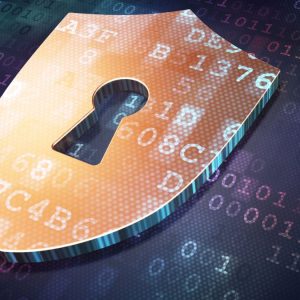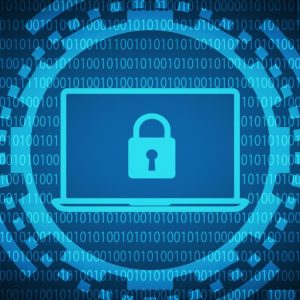Cybersecurity
Data privacy regulations are more than just legal checkboxes—they’re critical guardrails for protecting your business and your customers. But with laws and expectations evolving quickly, how can small to mid-sized businesses stay compliant? Here’s a practical guide to help you stay on the right side of data privacy regulations.
Read MoreMany organizations have ineffective password policies, and often, no password policy is…
Read MorePhishing continues to be one of the most common cyberattacks for hackers. Whether it’s an attempt to get at your…
Read MoreHackers will try to access your network using techniques such as phishing attacks, data breaches, and ransomware. That’s why it’s so important to have robust network security. Here are some ways you can improve yours.
Read MoreRecognize phishing emails by looking for suspicious sender addresses, being aware of urgent or threatening language, and more.
Read MoreRansomware is a hacking attack that keeps you from accessing your computer files and other computer systems until you pay a ransom to regain access. Some attacks also share personal information.
Read MoreMost people don’t know how to recognize phishing emails or where to report them if they do. Here is how to identify phishing attempts and where you should report them.
Read MoreBiometric authentication is another level of cyber security you can use on its own or in combination with passwords as part of a multifactor authentication system. It uses biological traits to verify a user’s identity. Here are some advantages of biometric authentication.
Read MoreSocial engineering attacks are a method hackers use to try to steal your money or data. They can target you through text, email, or automated voice messages. To protect your organization, it is essential to understand these attacks and how to fight against them.
Read MoreAny time you use the internet on a shared link, you risk your computer’s security. A great way to maximize your internet security is to use virtual private networks (VPNs).
Read More









